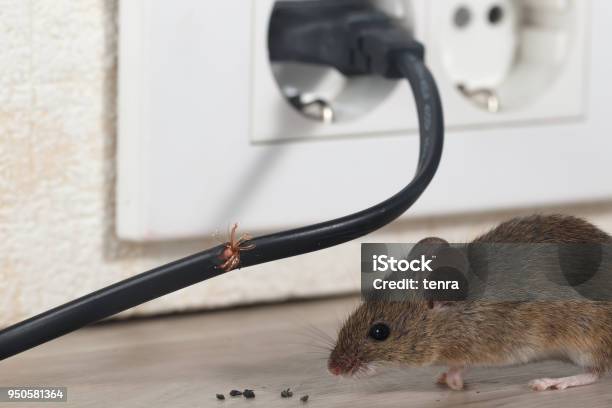Your furry friend can’t tell you when something’s wrong – but their body language speaks volumes
As pet parents, we’d do anything to keep our beloved companions healthy and happy. But here’s the reality: our dogs, cats, and other pets are masters at hiding pain and illness. It’s an evolutionary survival mechanism that can work against them in our modern world.
The difference between a minor issue and a life-threatening emergency often comes down to recognizing the early warning signs. Some symptoms that seem harmless can actually signal serious underlying conditions that require immediate veterinary attention.
For Dogs: Signs That Demand Immediate Action
1. Difficulty Breathing or Excessive Panting
Heavy panting when it’s not hot, or any labored breathing, could indicate heart problems, heatstroke, or respiratory distress. If your dog is breathing with their mouth open and tongue hanging out while at rest, don’t wait.
2. Sudden Loss of Appetite for More Than 24 Hours
Dogs rarely skip meals without reason. Complete loss of appetite, especially combined with lethargy, can signal anything from dental pain to serious internal issues like bloat or organ dysfunction.
3. Vomiting or Diarrhea (Especially with Blood)
While occasional stomach upset happens, persistent vomiting or diarrhea – particularly with blood, dark color, or unusual smell – requires immediate veterinary care. Dehydration can occur rapidly in dogs.
4. Bloated or Distended Abdomen
A swollen, hard belly can indicate bloat (gastric dilatation-volvulus), a life-threatening condition especially common in large breeds. Time is critical – this is a true emergency.
5. Sudden Behavioral Changes
If your social dog becomes withdrawn, or your calm dog becomes aggressive or restless, pay attention. Pain, neurological issues, or illness often manifest as personality changes first.
For Cats: Subtle Signs with Serious Implications
6. Changes in Litter Box Habits
Cats are fastidious about their bathroom routines. Urinating outside the box, straining to urinate, bloody urine, or not urinating at all can indicate urinary blockages – particularly dangerous for male cats.
7. Hiding or Seeking Unusual Isolation
When cats suddenly start hiding in closets, under beds, or in other secluded spots, they’re often telling you they don’t feel well. This instinctive behavior shouldn’t be dismissed as “just being moody.”
8. Rapid Weight Loss
Cats can lose weight quickly when ill, and their fur can mask dramatic changes. If you can suddenly feel your cat’s ribs easily or notice their face looking thinner, schedule a vet visit immediately.
9. Open-Mouth Breathing
Unlike dogs, cats should almost never breathe with their mouths open. This is often a sign of severe respiratory distress and requires emergency care.
Universal Warning Signs for All Pets
10. Pale or Blue Gums
Healthy gums should be pink. Pale, white, or blue gums indicate poor circulation, shock, or lack of oxygen – all medical emergencies.
11. Inability to Walk or Sudden Paralysis
Any sudden loss of mobility, dragging limbs, or inability to stand requires immediate veterinary attention. This could indicate spinal injuries, stroke, or other neurological emergencies.
12. Seizures or Loss of Consciousness
First-time seizures, prolonged seizures, or any loss of consciousness should be treated as emergencies, even if your pet seems to recover quickly.
The “Better Safe Than Sorry” Rule
Remember: you know your pet better than anyone. If something feels “off,” trust your instincts. Veterinarians would rather see a pet unnecessarily than miss a critical window for treatment.
When to Call Your Vet Immediately:
Any of the symptoms above
Your pet seems to be in obvious pain
Trauma or injury occurs
Your gut tells you something is seriously wrong
What to Do While Getting Emergency Care:
Stay calm – your pet can sense your anxiety
Call ahead to the emergency clinic
Handle gently – injured pets may bite due to pain
Bring medical records if possible
Building Your Pet Emergency Action Plan
Before an emergency strikes:
Know your nearest 24-hour veterinary clinic
Keep emergency contact numbers easily accessible
Have a pet first aid kit ready
Consider pet insurance for unexpected costs
Create an emergency contact list:
Primary veterinarian
After-hours emergency clinic
Pet poison control hotline
Trusted friend who can help with transport
The Bottom Line
Your pet’s health is too precious to gamble with. While not every symptom indicates a dire emergency, the signs listed above should never be ignored or “waited out.” Early intervention often means the difference between a simple treatment and a complex, expensive, or even fatal outcome.
Remember: When in doubt, call your vet. A quick phone consultation can provide peace of mind or potentially save your pet’s life. Your furry family member depends on you to be their voice and their advocate.
Trust your instincts, act quickly, and never hesitate to seek professional help. Your pet’s life may depend on it.
Disclaimer: This information is for educational purposes only and should not replace professional veterinary advice. Always consult with a qualified veterinarian for proper diagnosis and treatment of any health concerns.






